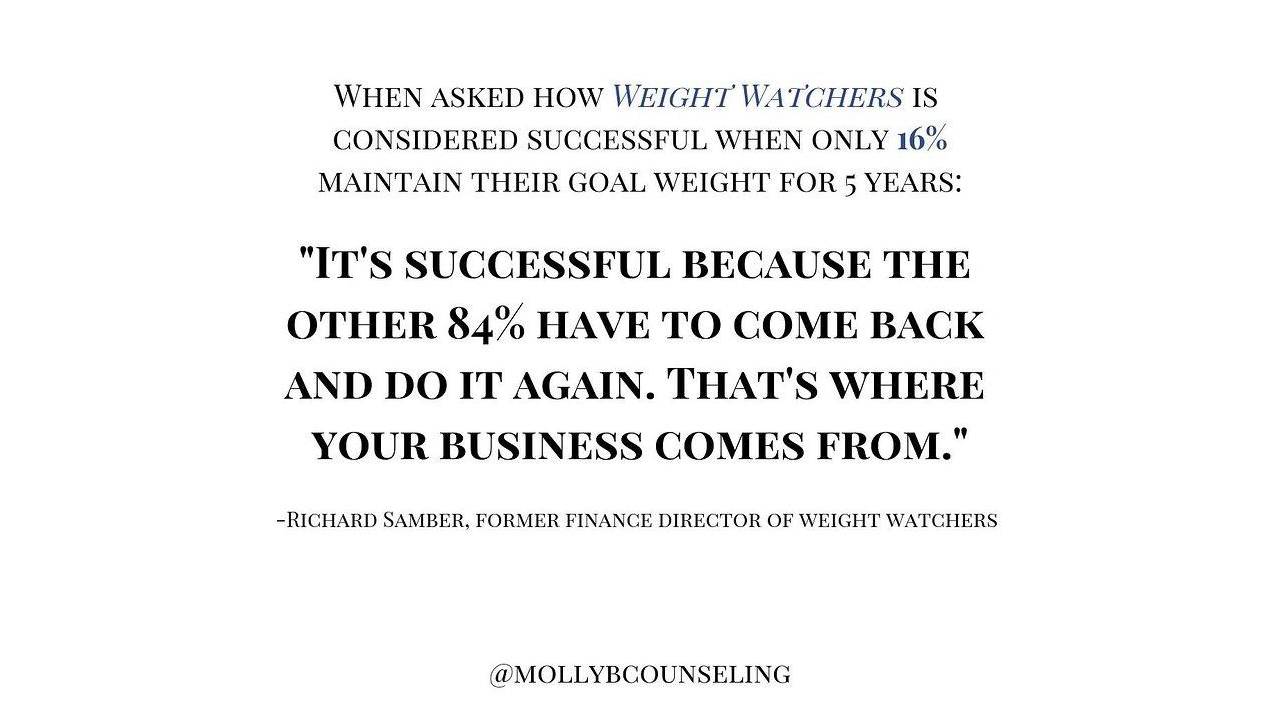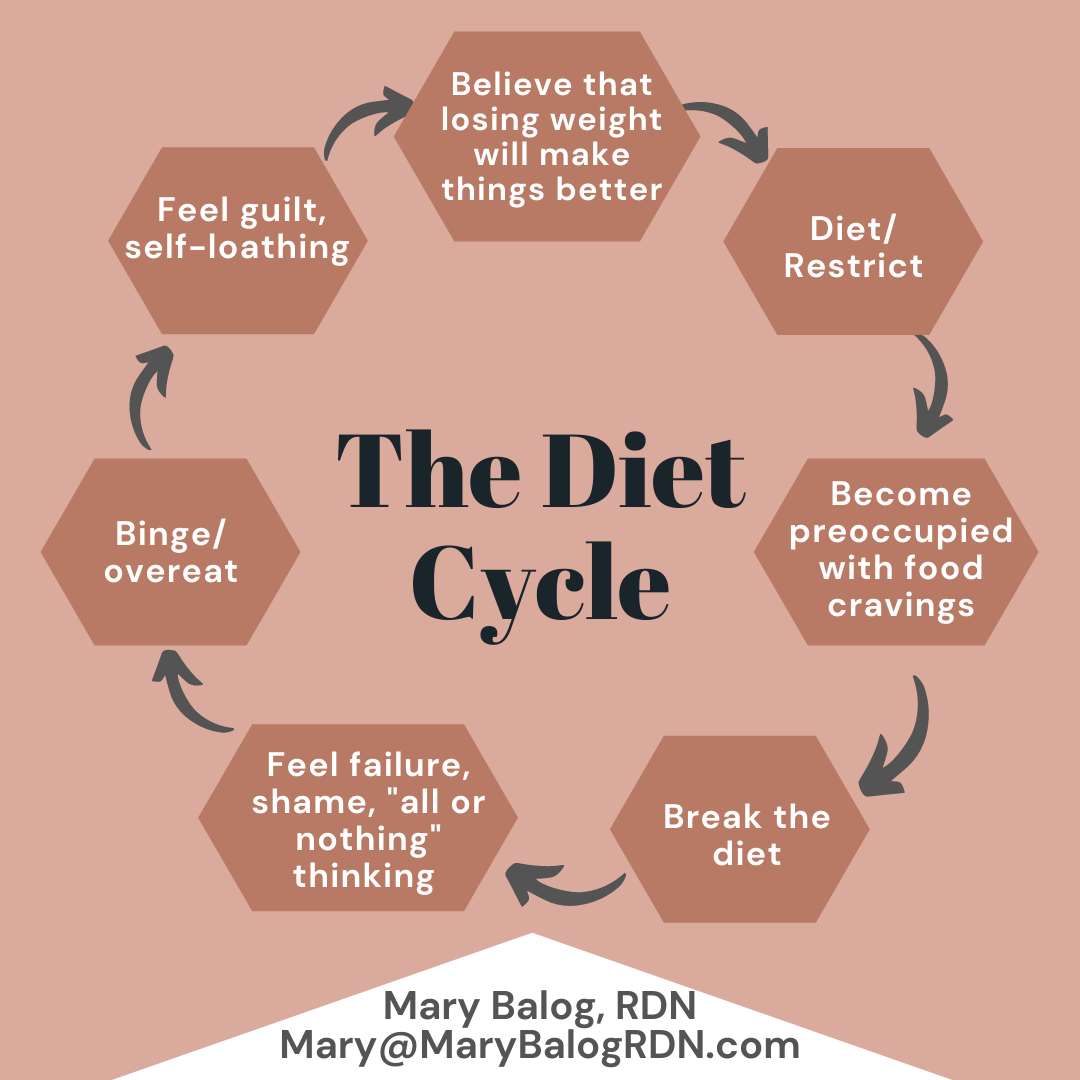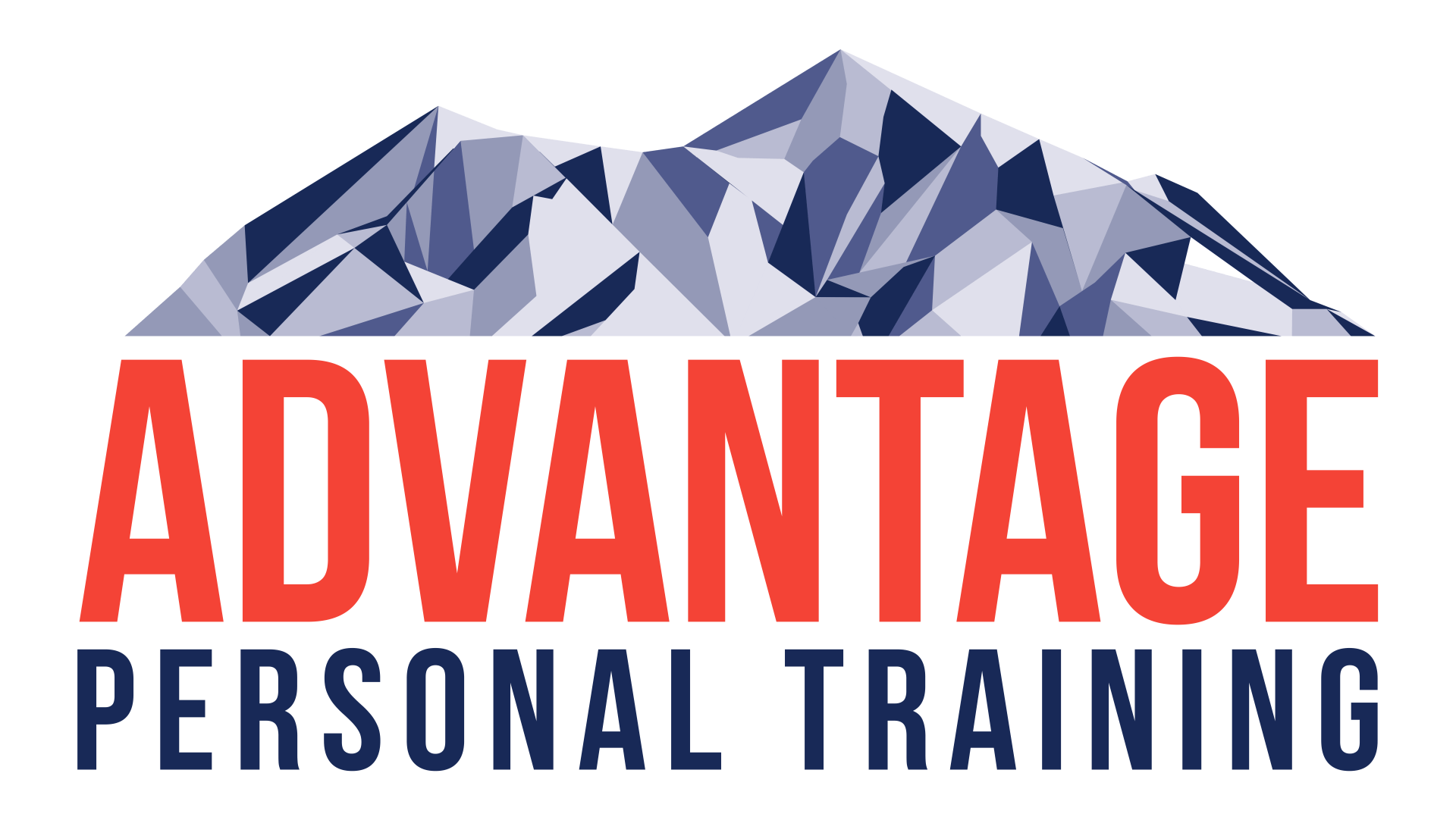Finding the Right Balance
Today’s post was written by a good friend of mine, AJ Grzesiak. AJ is a physical therapist with extensive outpatient experience and expertise in physical therapy and strength and conditioning.
Strength and Conditioning: Finding the Right Balance
The goal of any training program is to improve physical performance. Athletes are always looking for an edge that will enhance their ability to perform and ultimately succeed, and often times rely on personal trainers, athletic trainers, strength and conditioning coaches, and physical therapists to help them optimize their functional capabilities. Developing appropriate training programs can pay huge dividends by not only improving sport specific skill sets and physical fitness, but by also preventing injury and rehabilitating existing ailments. If our training programs are not incorporating activities focused on keeping the athlete on the field or in the game we are doing an injustice to the core definition of physical performance by potentially inhibiting the athletes “ability to perform the task or sport” and setting them up for failure, or at the very least injury, long term.
The application of neuromuscular training is often overlooked in strength and conditioning programs. The benefits of strengthening activities, agility training, speed drills, and plyometric exercises on physical performance measures such as shuttle run and vertical jump are well documented and routinely used. However, good neuromuscular control is achieved by the intricate balance of adequate strength and mobility, efficient joint mechanics, kinesthetic awareness, and an adaptive motor control system. Incorporating exercises aimed at improving the body’s ability to attain dynamic balance goes a long way in establishing the functional movement patterns and joint stability needed to prevent injury, return to peak performance following injury, and simply put maximize overall functional performance.
Here is what the research tells us:
- Dynamic balance of young hockey players displayed significant relationship with maximum skating speed. 1
- Static unipedal balance of elite golfers correlated with improved performance measures of greens in regulation and average putt distance after a chip shot. 1
- Soccer players with poor balance had almost 4 times the number of ankle injuries. 2
- Youth male and female basketball players with poor balance had about 7 times as many ankle sprains as those with good balance. 3
- Baseball players with ulnar collateral ligament injury (“Tommy John” surgery sound familiar?) have decreased balance on both stance and lead limbs. 4
Now for a few facts concerning the hot topic of Anterior Cruciate Ligament (ACL) injury in the knee, which is becoming all too commonplace at all levels of athletic competition and training:
- Only 44% of athletes successfully returned to sport after an average of 41.5 months following ACL reconstruction. 5
- Aberrant neuromuscular and biomechanical patterns are commonly seen up to 2 years after ACL reconstruction, and these deficits are highly predictive of the risk of second ACL injury. 6
- Recovery of normal strength symmetry after ACL reconstruction does not translate to appropriate neuromuscular control as healthy athletic females demonstrated high-risk biomechanical features despite adequate leg-to-leg strength symmetry. 7
- Neuromuscular training programs can effectively reduce primary ACL injury prevalence by 73%. 6
In looking at these bullet points you can see that incorporating balance training to enhance sensorimotor processing not only prevents injury but also optimizes functional performance measures specific to sport. It is also important to note that activities we may not initially associate with needing excellent balance due to the predominance of upper extremity use can also benefit greatly from neuromuscular training. Part of the reason for this is that poor balance may significantly affect an athlete’s ability to transfer energy along the kinetic chain, resulting in dysfunctional movement and increased stresses at various segments. 4
When developing a training program or providing exercise prescription remember that balance training should complement aspects of resistance training, core strength, speed, plyometrics, agility, and flexibility. Starting with gross movements and progressing into functionally specific movement patterns is highly important for skill transfer, and in terms of balance training this can be applied to both stable and unstable surface training. Studies have shown that unstable surface training exercises significantly decrease non-contact ACL injury, reduce risk of ankle injury, and increases single leg stability. 8 Working to improve body awareness, postural control, and movement biomechanics through unstable surface training acts as a good front-line approach at injury prevention as well as providing performance enhancement effects for sport. As movement and sport performance experts this should be our goal when developing any training program. Remember, physical performance is multifactorial and preventing injury is the start of it all!
Written by: A.J. Grzesiak, PT, DPT, OCS
Doctor of Physical Therapy
Orthopedic Clinical Specialist
A.J. is a Physical Therapist who specializes in treating musculoskeletal dysfunction and injury. He has worked in both private practice and institutional settings treating patients that are recovering from injury and surgery, looking to improve performance and prevent injury, dealing with chronic pain conditions, vestibular rehabilitation, balance impairments and fall prevention.
A.J and his wife, Melissa who is also a Physical Therapist, are the inventors of the STEPRIGHT™ Stability System. STEPRIGHT™ is a functional balance training product providing an unstable surface that allows for dynamic and translational stability training while maintaining the normal movement mechanics. Visit www.steprightstability.com for more information.
References:
- Hrysomallis C. Balance ability and athletic performance. Sports Med. 2011;41(3):221-232.
- Tropp H, Ekstrand J, Gillquist J. Stabilometry in functional instability of the ankle and its value in predicting injury. Med Sci Sports Exer. 1984;16(1):64-66.
- McGuine TA, Greene JJ, Best T, et al. Balance as a predictor of ankle injuries in high school basketball players. Clin J Sport Med. 2000 Oct; 10(4):239-244.
- Garrison JC, Arnold A, Macko MJ, Conway JE. Baseball players diagnosed with ulnar collateral ligament tears demonstrate decreased balance compared to healthy controls. JOSPT. 2013;43(10):752-758.
- Ardern CL, Webster KE, Taylor NF, Feller JA. Return to sport following anterior cruciate ligament reconstruction surgery: a systematic review and meta-analysis of the state of play. Br J Sports Med. 2011;45:595-606.
- Sugimoto D, Myer GD, McKeon JM, Hewett TE. Evaluation of the effectiveness of neuromuscular training to reduce anterior cruciate ligament injury in female athletes: a critical review of relative risk reduction and numbers-needed-to-treat analyses. Br J Sports Med. 2012;46:979-988.
- Hewett TE, Myer GD, Ford KR, et al. Biomechanical measures of neuromuscular control and valgus loading of the knee predict anterior cruciate ligament injury risk in female athletes: a prospective study. Am J Sports Med. 2055;33:492-501.
- Myer GD, Ford KR, Palumbo JP, Hewett TE. Neuromuscular training improves performance and lower-extremity biomechanics in female athletes. J Strength Cond Res. 2005;19(1):51-60.
Note from Greg: I think AJ touched on many good points. Unstable surface training got pretty big not to long ago and people have more recently started pushing it aside completely. I think the point is, that all good training programs have many different tasks/types of training incorporated into them. There is a plethora of research showing that unstable surface training is great for injury prevention and is used in the rehab world all the time.




Advantage Personal Training is an Ann Arbor based Family Oriented Gym, focusing on the training needs of individuals, small groups and youth athletes. Meet with a results-oriented personal trainer and put yourself on the path to a more active life!
SERVICES
CONTACT INFORMATION
Hours of Operation
Mon to Fri: 6:00 AM - 8:30 PM
Sat: 8:30 AM - 12:30 PM
Sun: CLOSED
All Rights Reserved | Advantage Personal Training

